F-Line to Dudley
Senior Member
- Joined
- Nov 2, 2010
- Messages
- 9,562
- Reaction score
- 10,472
I need to check what I've added. The problem is I don't have exact locations for switches and I'm not 100% on what they are doing with the new yard. If anyone can get me that info I'll add it to the map.
Pretty sure they've had track layouts final for quite some time, so it's probably in the docs archive of the project site.
No such luck with the carhouse. Funding for that dragging on so long, it ended up being downsized, and it'll be the very last thing constructed because it's not a prerequisite for service starts. There aren't publicly available schematics of all the revisions they're doing because it's lower-priority project deliverables. All we really know is acreage: the 2 buildings south of 3rd Ave. bordering the tracks are going to get blown up, and 2 of the 4 thru tracks wrapping behind BET (plus one freight siding attached to one of the buildings) are going away.


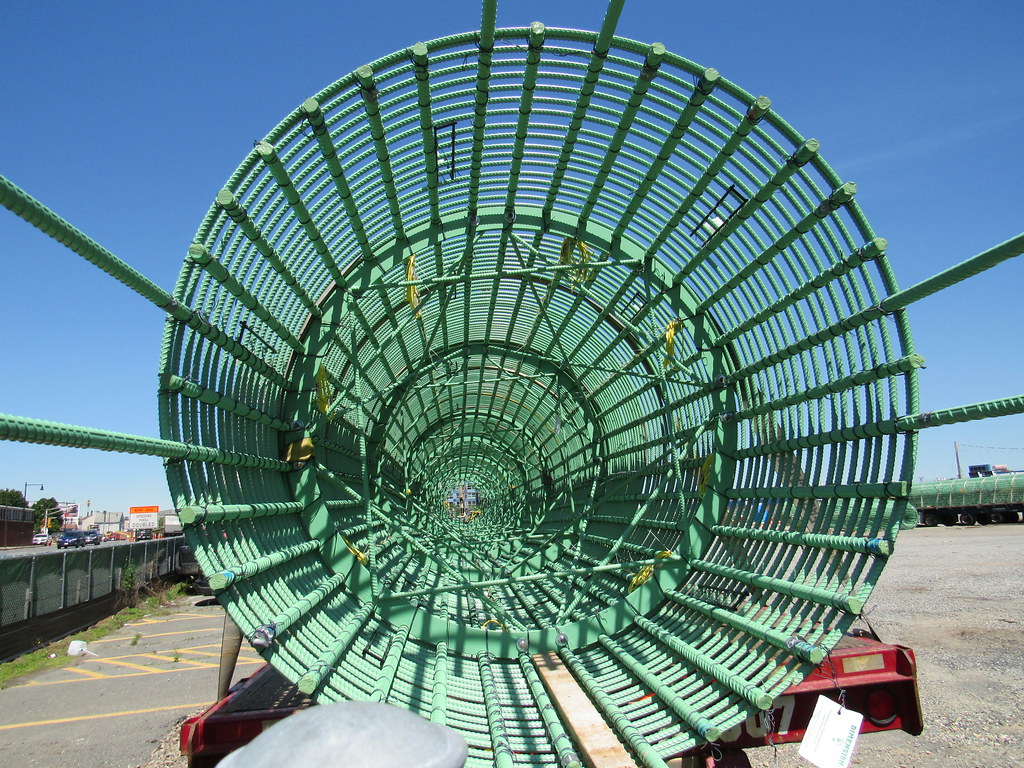

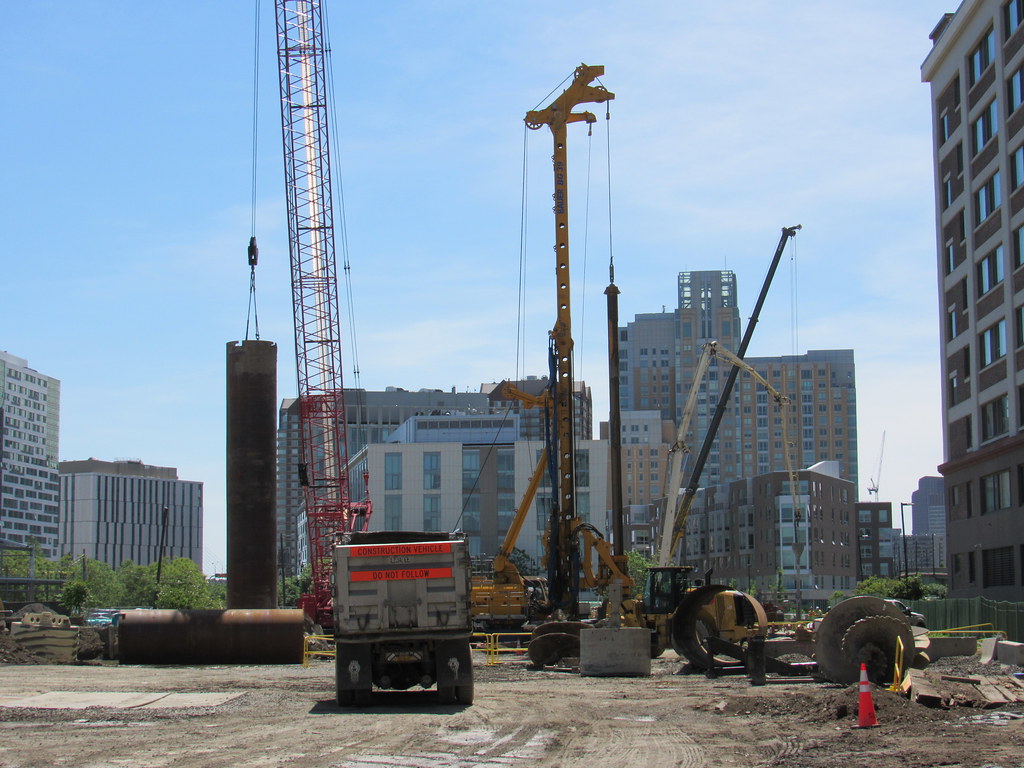

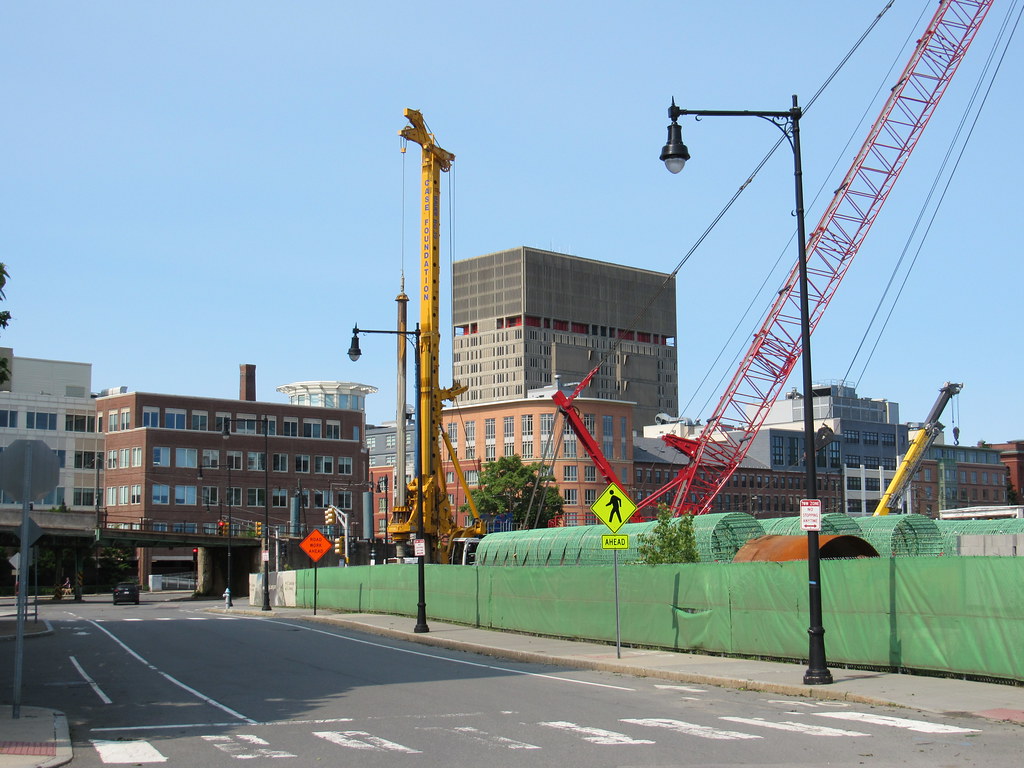


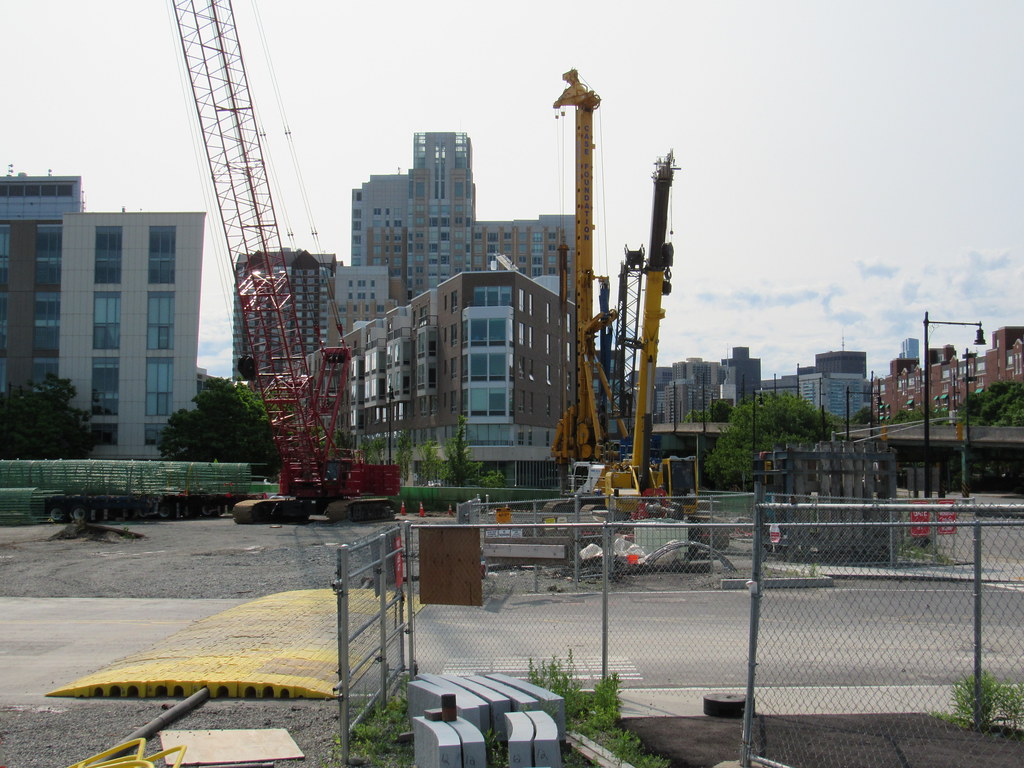



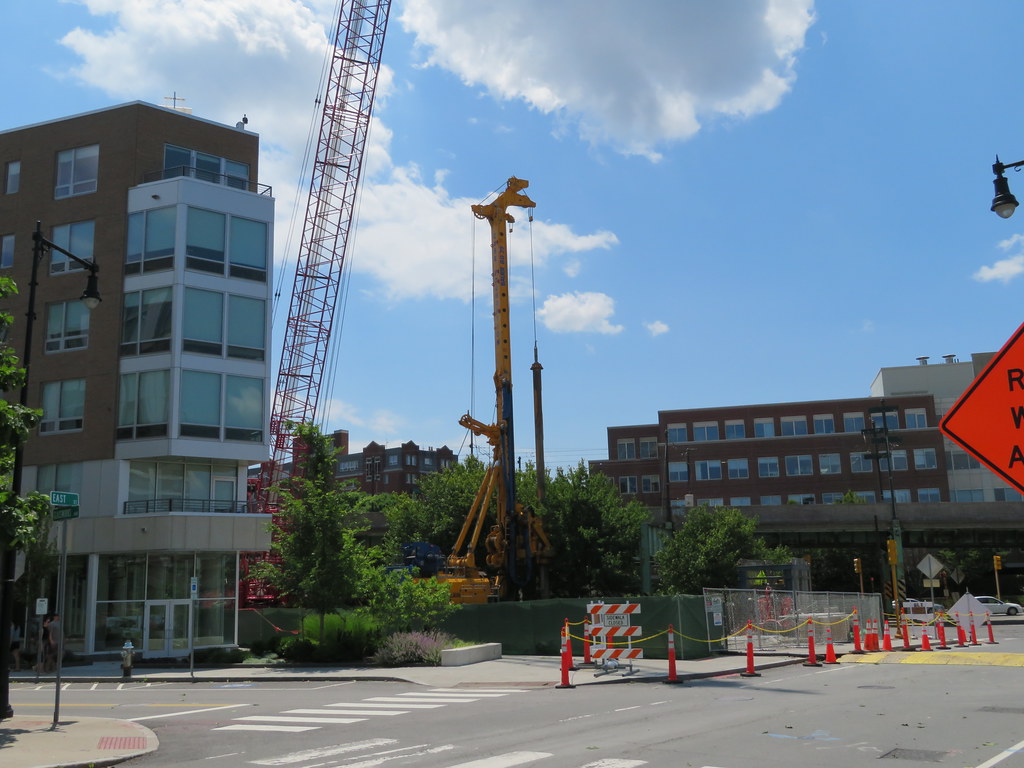

:no_upscale()/cdn.vox-cdn.com/uploads/chorus_asset/file/18316304/01_Brick_Aerial_LandscapeRoof__5___1_.jpg)